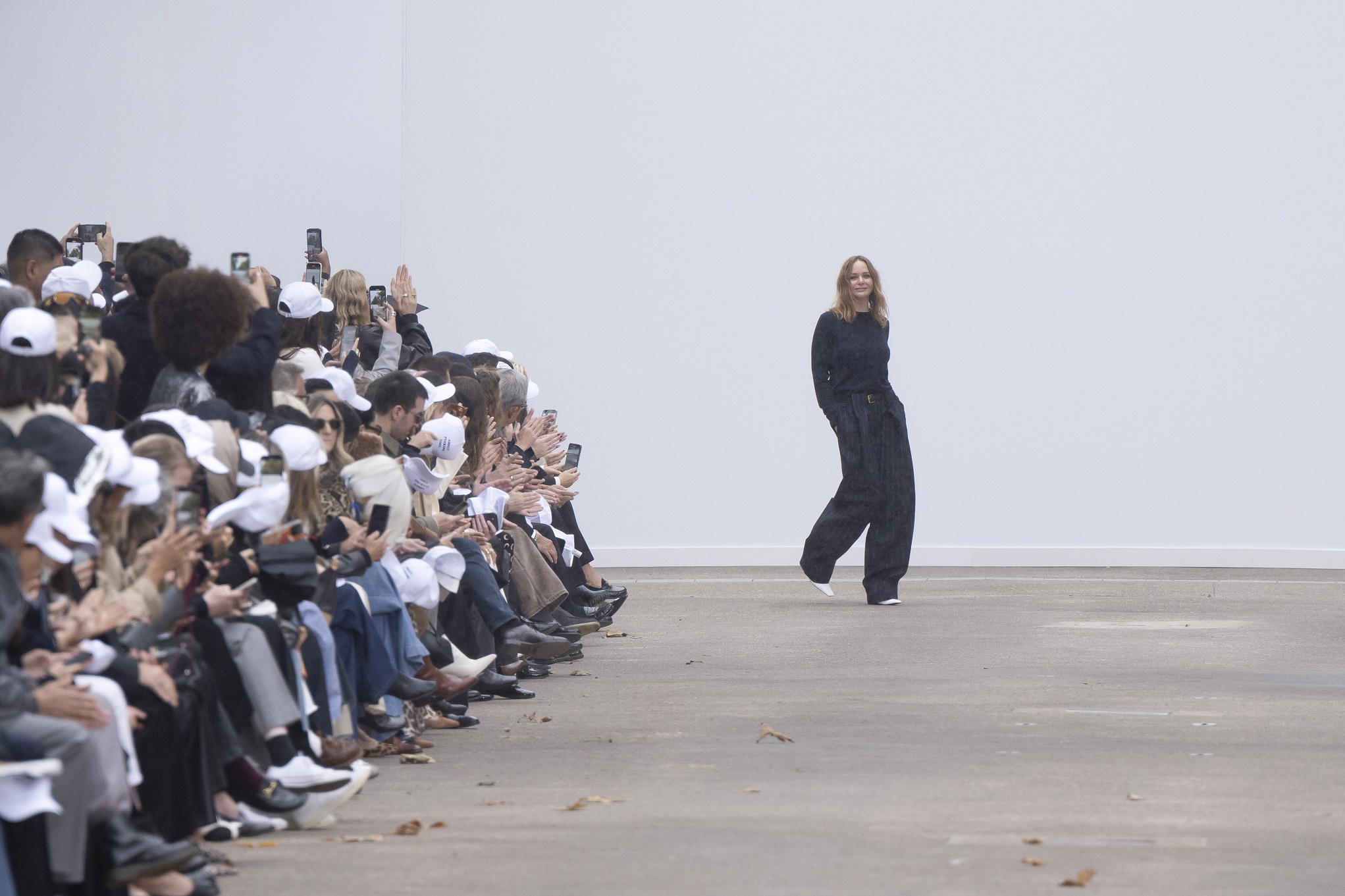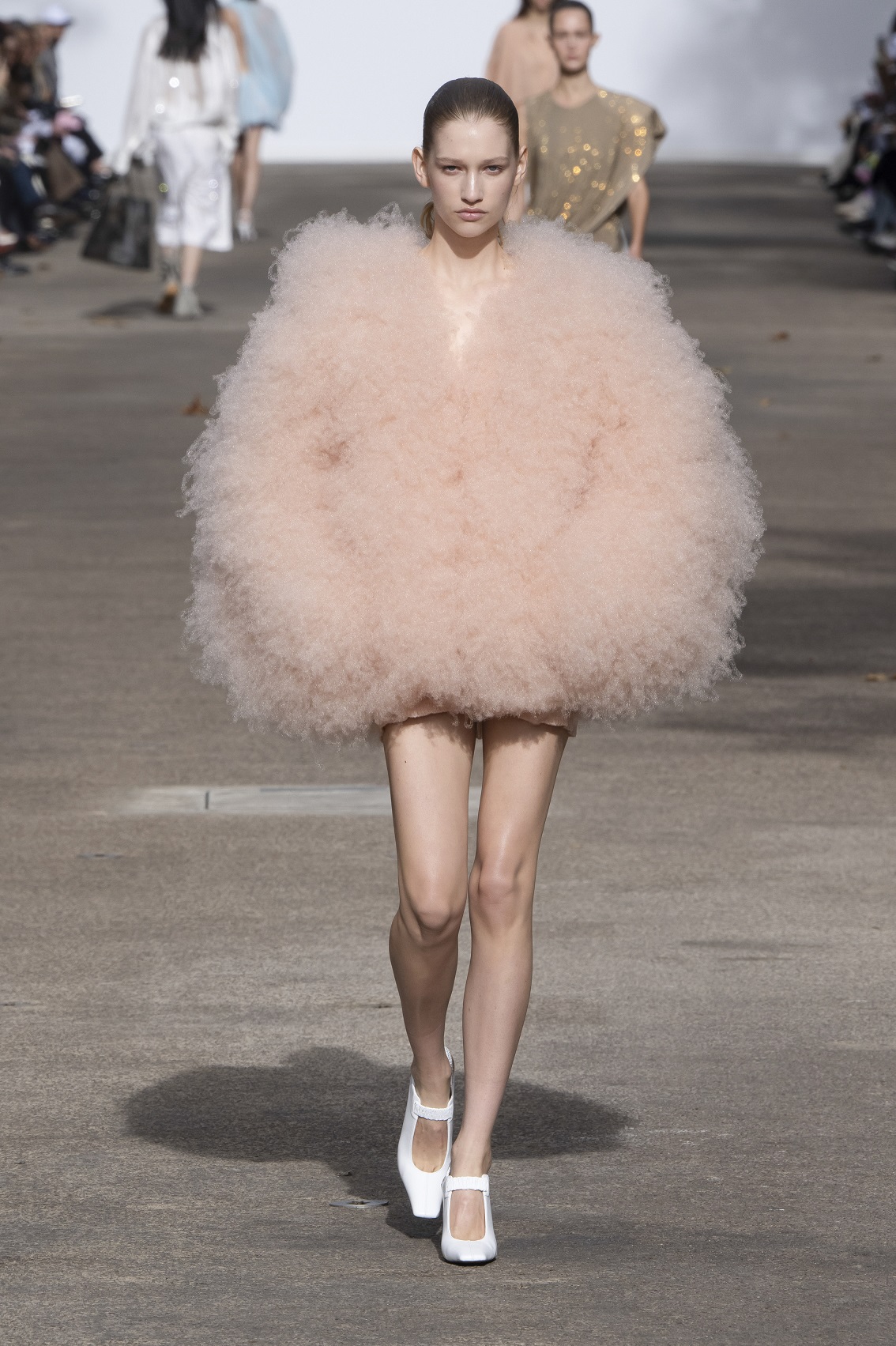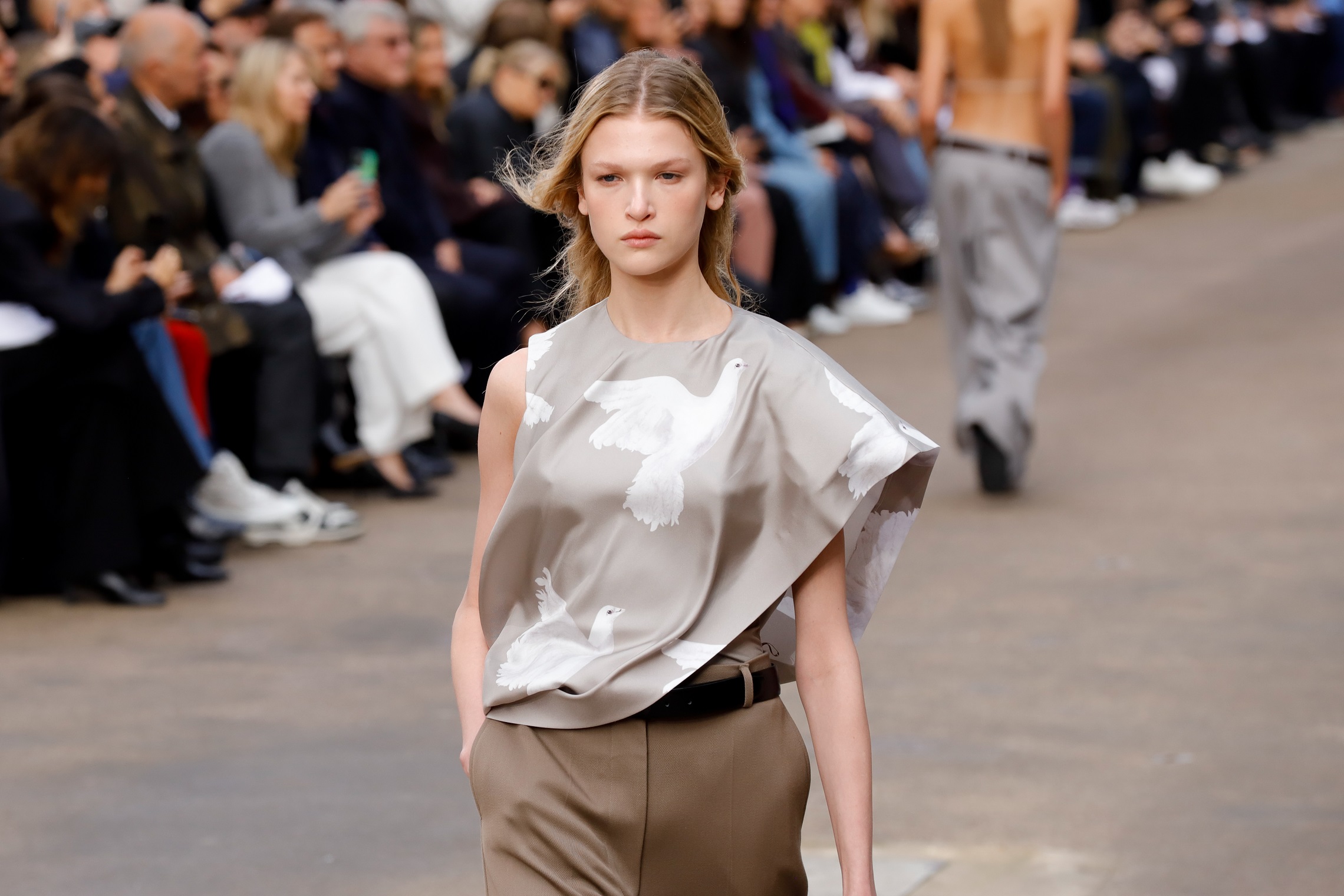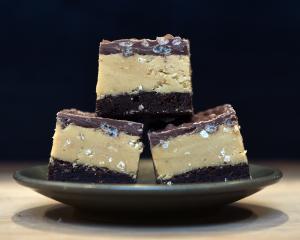
The battle to banish fur from fashion being mostly won, with almost all luxury brands fur-free, Stella McCartney is now on a mission to save the birds.
"1.5 billion birds are killed for their feathers by the fashion industry every year," the designer said backstage after a street catwalk show held in the shadow of the Eiffel Tower, launching a campaign to put bird cruelty in the spotlight.
"When you see a pretty feather trim, or a puffer jacket with a down filling, I don’t think you necessarily register that a bird has been killed.
"And we all love birds, right?
"People don’t really like cows, for some reason, so it’s different when you talk about leather.
"But birds are beautiful, and it is time to bring this issue to the attention of the industry."
A million ostriches are killed each year by some estimates, with the South African ostrich industry releasing 62,000 tonnes of carbon-equivalent emissions.
Feathered angel wings have been a signature look on the catwalk at Victoria’s Secret for decades – the animal rights group Peta has claimed that one single fashion show used 620,000 feathers from chickens, pheasants and ostriches.
Good news for McCartney came on the same day as she showed her Peace and Dove collection: Victoria’s Secret confirmed this week that its show on October 15 would feature faux feathers only.

In front of an audience that included the former Chanel creative director Virginie Viard, wearing a Stella McCartney faux-fur bomber jacket, the show began with Helen Mirren narrating a new manifesto: "a world where there are only planes in the sky, and no song in the trees, will never make the heart soar".
There were doves hand-painted on to silk blouses and dresses, and Prince’s When Doves Cry on the soundtrack.
McCartney’s strategy has long been to find realistic dupes of leather, fur and animal skins so that glamour need not be compromised.
There were pastel minidresses in this collection so realistically feathery that the models looked like newly hatched chicks, albeit very leggy and in stilettos.
But these were made from peekaboo regenerated nylon, knitted into a powder-puff texture to resemble feathers, but produced from recycled plastic bottle tops.
Jewellery with dove motifs was made from recycled electronics waste.
Other creatures got a look in, too.
There was a new animal-cruelty-free handbag, the Ryder, which has a gently undulating top zip inspired by the slope of a horse’s spine (McCartney’s long-standing handbag bestseller, the Falabella, was named after her favourite pony).
A "crocodile" Ryder was made from apple-waste vegan leather lined with hemp.

"It’s time to take a bird’s-eye view."
In other bird-themed news at Paris Fashion Week, the birdcage on the Chanel catwalk was empty, its door swung open.
A metaphor for a house that is without a designer after Viard’s recent departure — the bird has flown — and a Chanel Easter egg, a wink to a teenage Vanessa Paradis swinging in a birdcage in a 1991 advertisement for Coco fragrance that was itself a reference to the birds Coco herself kept in her Paris home.
This birdcage was scaled for a golden eagle, almost reaching the 45m ceiling height of the Grand Palais — appropriate for a brand that has grown from Coco’s apartment to become a $US20 billion ($NZ32.4b) business.
At the Grand Palais, an ornate landmark in central Paris, the front door has been renamed the Gabrielle Chanel entrance, Chanel having footed the €25 million ($NZ44.5m) bill for renovation in time for its reopening as a fencing and taekwondo venue at this year’s Olympics.
"Our relationship with the Grand Palais is part of our legend," Bruno Pavlovsky, Chanel’s president of fashion, said before the show.
"These things have to do with status, if I may say so."
Pavlovsky declined to give a timeframe for the appointment of "the next artistic leader".
This confirms that the studio team who created the current collection were already working on looks for shows in December and January.

Chanel’s next designer has big shoes to fill.
"We are not in a hurry.
"This is not about finding a designer who will be here for two years, it is finding the right person who can embrace the huge scale of Chanel, and lead a new vision in the long term.
"There are lots of designers moving from one brand to another at the moment, and we are part of that, by definition."
Names in the hat, according to the fashion week rumour mill, may include designers Hedi Slimane, Pieter Mulier, Simon Porte Jacquemus, John Galliano and Marc Jacobs — even the film director Sofia Coppola.
"Some designers love disruption, but at Chanel we love loyalty and continuity.
"Gabrielle Chanel installed the best codes, and Karl was the best at modernising them, and Virginie continued in the same direction.
"Chanel is bigger than any designer, and Chanel stays Chanel," was Pavlovsky’s only comment, hinting that some of the more fiery names could be out of contention.
Placeholder collections without anyone to take a bow tend to feel underpowered, especially when the catwalk dwarfs a football pitch, but the design team brought youthful enthusiasm to their brief of doubling down on house codes.

Models had their hair twisted into easy buns, and walked with sunglasses on their heads, swinging cute birdcage mini-bags or with quilted rucksacks on their backs.
A stronger authorial voice might have edited out the chiffon capes worn over denim, and toned down the two-toned lace-up metallic brogues with sky-high platforms, but here all eyes were on what happens next.
The design team brought youthful enthusiasm to their brief of doubling down on house codes.
"The Olympics has helped all of Paris to see the future of this city with a new perspective," said Pavlovsky.
"The world saw the best of the best of Paris.
"Everyone was so happy."
Chanel’s next major catwalk collection will be December’s Metiers d’Art show, a celebration of craft in Hangzhou, the historic centre of Chinese silk production.
"A lot of people are asking why we are going to Hangzhou, because there is a lot of talk of the slowdown in China.
‘But we have very important clients in China and when we travel, we want to be respectful of the culture.
"Hangzhou is very much traditional China, so it is the right place to animate and deepen our relationship with Chinese clients," Pavlovsky said. — Guardian












